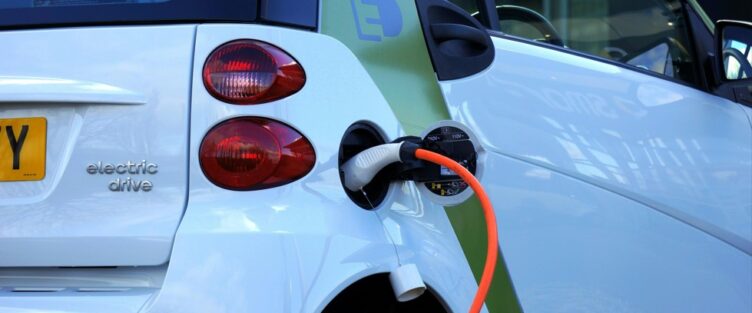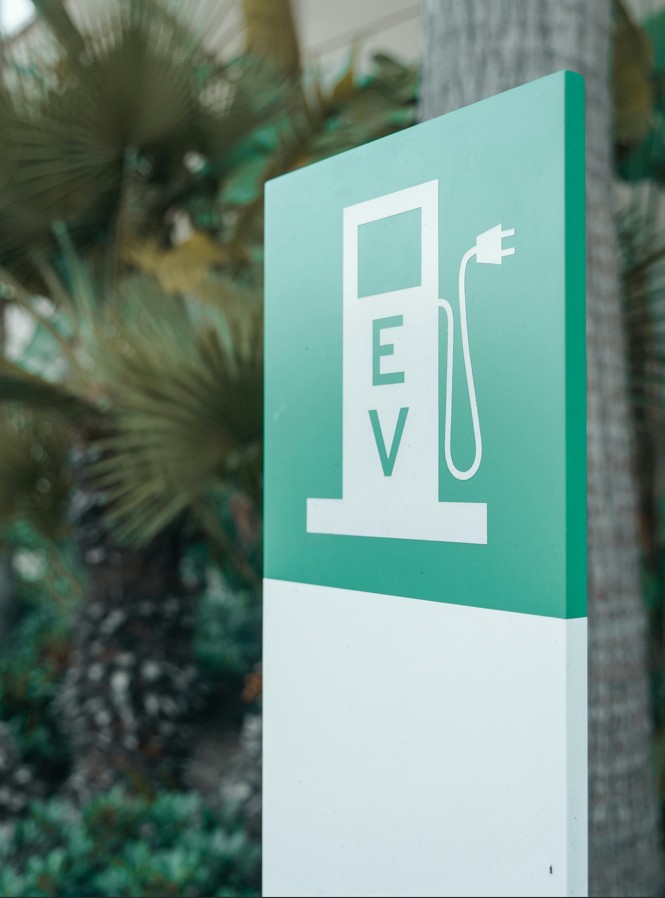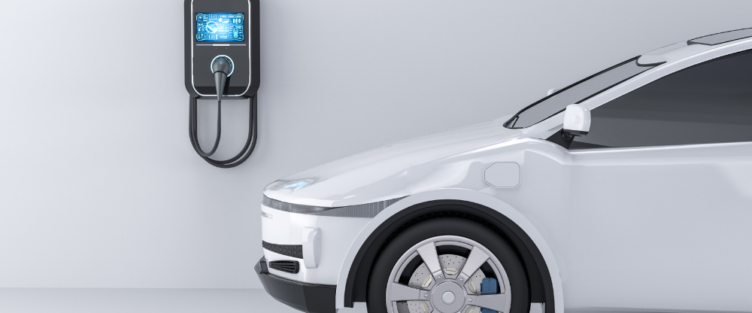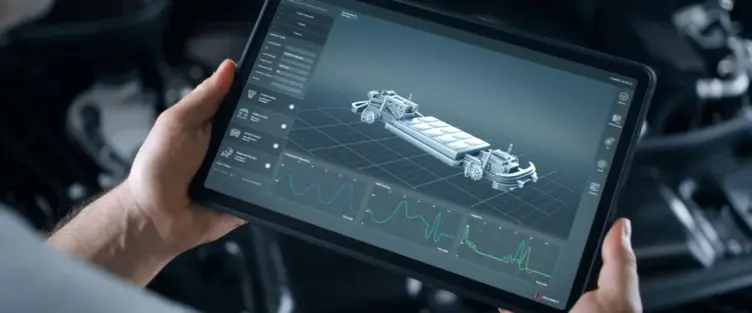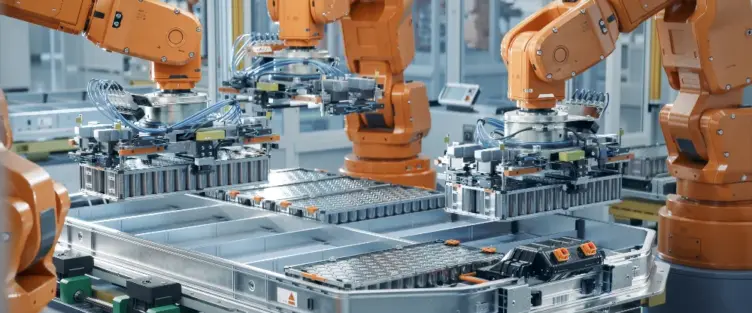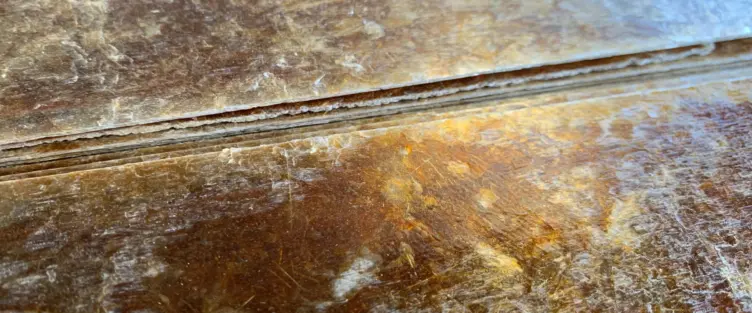
The hidden heroes of insulation
Opening your dishwasher, switching on your hairdryer, charging your electric vehicle – you probably don’t think about insulation. Yet, hidden behind sleek designs and digital displays, advanced insulation materials quietly make our lives safer and more sustainable.
Among these, mica and microporous insulation stand out as silent heroes of modern technology, ensuring reliability from domestic appliances to the most advanced electric vehicle battery packs.
At Elmelin, we’ve been perfecting the science of insulation since 1912. Our origins go back to a mica processing site in Walthamstow, London, where our expertise in heat and electrical management first took shape. Over a century later, we’ve evolved into one of the UK’s leading manufacturers of advanced insulation materials.
And though these materials often go unseen, they’re the hidden heroes at the heart of countless everyday technologies.
The unsung hero of safety
Mica is an extraordinary material. It’s naturally heat-resistant, electrically insulating and mechanically strong – all properties that make it indispensable in environments where safety and performance come first.
It doesn’t melt, burn or conduct electricity. That means it can sit next to red-hot heating elements or high-voltage components and still protect the surrounding systems. From electric motors and toasters to high-voltage capacitors and stoves, mica insulation quietly ensures that heat and energy are contained and controlled.
Microporous insulation takes that protection to another level. Made from ultra-fine materials, it traps air in microscopic pockets, drastically reducing heat transfer. The result? Systems that stay cooler for longer, use less energy and perform more efficiently.
Together, mica and microporous materials are the invisible backbone of safety and sustainability in modern living.

Making modern appliances safer
Think about the everyday appliances you rely on. Dishwashers, ovens, stoves, hairdryers, kettles – all of them generate significant heat or carry electric currents. Without proper insulation, these appliances would not only waste energy but also pose serious safety risks.
Dishwashers and Ovens
Our mica sheets and laminates help protect the inner workings of high-temperature appliances. Inside ovens, mica acts as a thermal shield, preventing heat from damaging wiring and control systems. In dishwashers, it serves as electrical insulation, ensuring components remain protected from moisture and current leaks.
Stoves and Heaters
In electric stoves and space heaters, mica forms the core insulation layer between the heating element and the metal casing. It maintains consistent heat distribution while keeping the external surfaces safe to touch – improving both performance and user safety.
Hairdryers and Small Appliances
Inside your hairdryer, there’s a strip of mica that insulates the heating coil. It allows the air to heat quickly without the risk of electrical arcing. This same principle applies to toasters, irons and electric kettles – where mica’s unique combination of temperature resistance and dielectric strength ensures reliable, long-term performance.

Powering the world behind the scenes
High Voltage Capacitors and Electric Motors
Mica is widely used in high-voltage capacitors, where it provides the dielectric barrier needed to handle thousands of volts. Its consistent electrical stability helps prevent failures, protecting systems from surges and ensuring continuous power delivery.
In electric motors, mica-based components such as tubes and laminates act as insulators for windings and stators. They protect against overheating, prevent short circuits and increase overall efficiency, which is essential for everything from washing machines to industrial equipment.
Thermal and Electrical Components
Beyond mica, our Elmtherm Microporous Insulation offers high-performance thermal protection for industries and technologies that demand extreme precision. It’s lightweight, durable and capable of handling temperatures where conventional insulation breaks down – perfect for compact systems where every millimetre counts.
Our products
Compression Pads Plus
EV batteries face intense thermal and mechanical demands. As battery cells charge and discharge, they expand, contract and generate heat. Our Compression Pads Plus maintain consistent mechanical pressure across battery packs while providing thermal and electrical insulation. This prevents deformation, reduces the risk of thermal runaway and improves both performance and safety.
Mica Roll Laminates
In coreless induction furnaces, maintaining precise temperature control is critical for consistent casting and production. Our Mica Roll Laminates, part of the Elmelec range, act as a thermal and electrical barrier between the induction coil and refractory crucible, protecting both components and extending furnace life.
Mica Sheets
Mica sheets are among the most adaptable insulation materials in existence. Available in both rigid and flexible forms, they provide dependable thermal and electrical insulation in everything from heavy industrial furnaces to household appliances.
Rigid Mica Sheets are used in heaters, furnaces, hairdryers, tumble dryers and toasters, offering reliable insulation at temperatures up to 1200°C (MR SSP grade) and 1000°C (MR SSM grade). They resist repeated heating and cooling cycles without degradation, making them ideal for long-term use in harsh environments.
You might not see our materials, but you experience their benefits every day:
• Dishwashers rely on mica insulation to protect heating elements from water and electrical faults.
• Stoves and ovens use mica components to maintain even temperatures and prevent short circuits.
• Hairdryers depend on mica plates to withstand continuous heating, ensuring safe operation.
• Electric motors in everything from washing machines to industrial equipment use mica tubes and composites for reliable electrical insulation.
• High-voltage capacitors use mica for its superior dielectric properties, ensuring consistent power delivery.
The hidden heroes revealed
From the glow of an oven element to the charge inside an electric vehicle, mica and microporous insulation play an invisible but irreplaceable role in modern life. They’re the materials that protect, stabilise and extend the performance of everything around us.
Ready to learn more? Please call our experienced team on 020 8520 2248 today.

